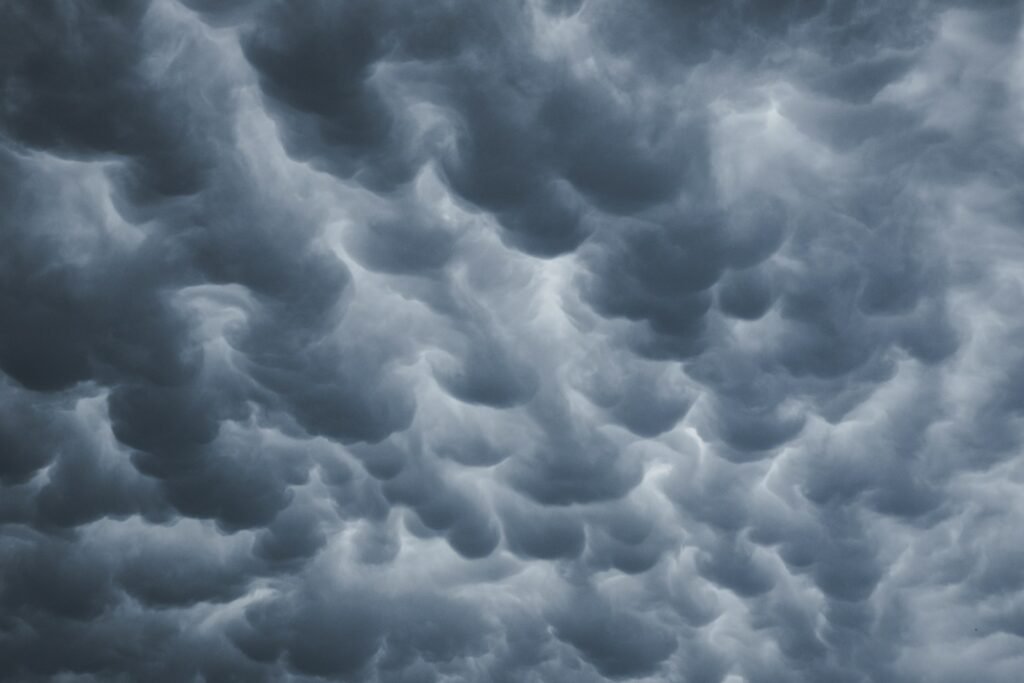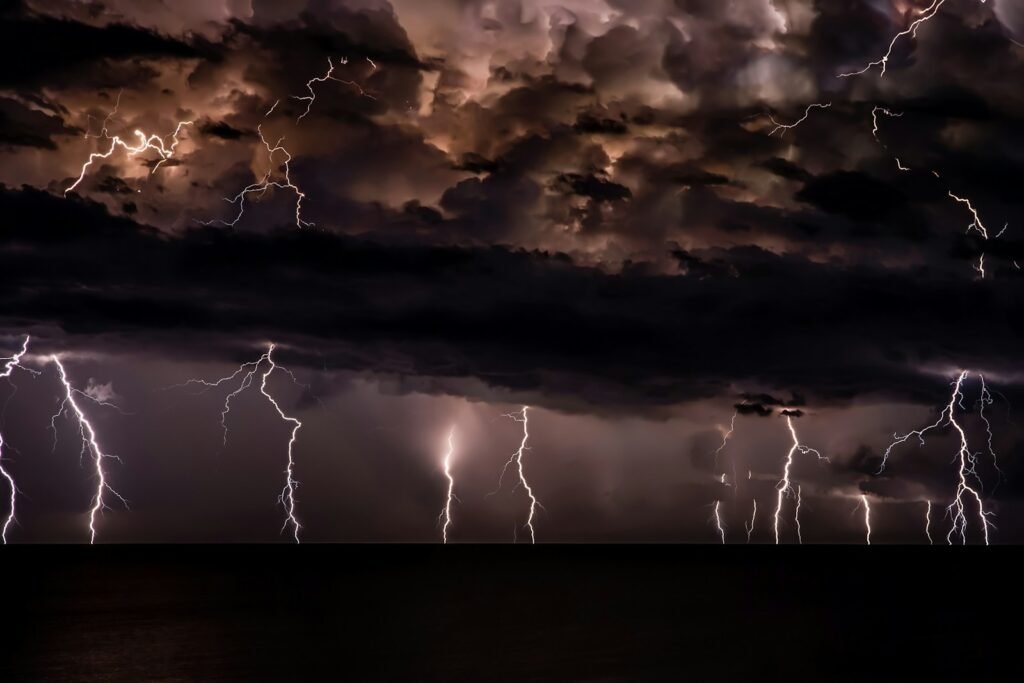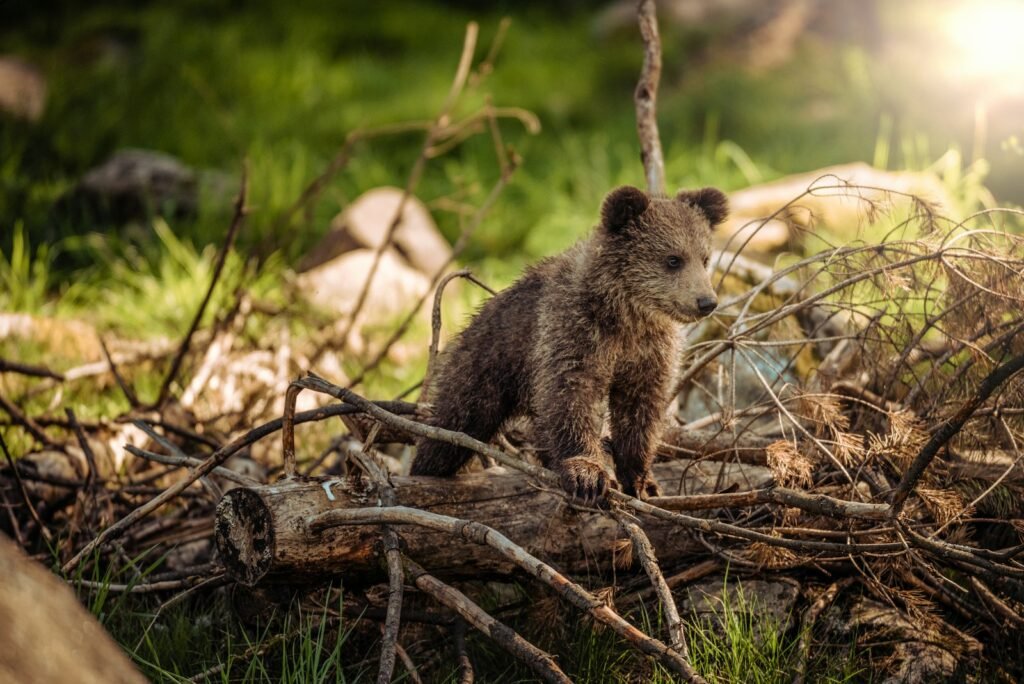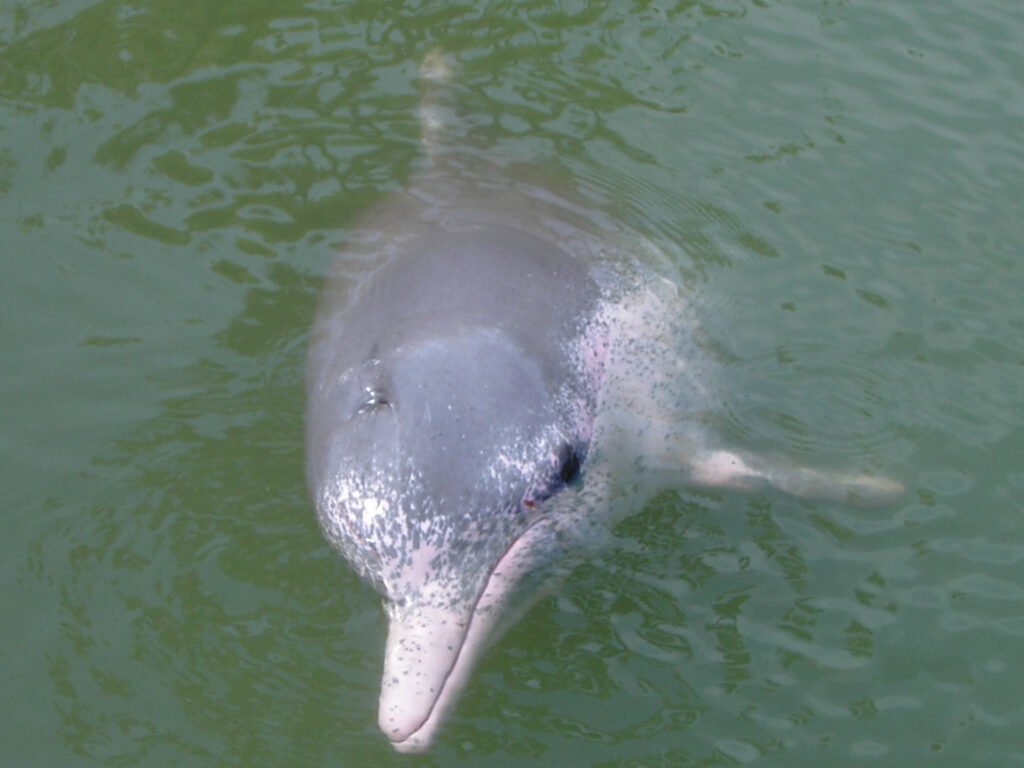When we think of snowstorms and floods, we picture enormous temperature-driven and pressure-driven systems. But what if the actual architects of these phenomena are significantly smaller and alive? New research indicates that tiny life forms suspended in the air pollen, bacteria, fungal spores, and plant parts can potentially be a key to initiating heavy rain and snow. Climate researchers at EPFL (École Polytechnique Fédérale de Lausanne) discovered that these biological particles are incredibly effective at making clouds act as ice factories, speeding up precipitation that existing weather models neglect. As the Earth’s temperature continues to increase, their impact may expand and our projections might require a complete overhaul.
Ice Nucleation: The Hidden Engine of Storms

Clouds don’t form out of thin air they need tiny particles to latch onto. While dust and pollution have long been studied, biological particles are now emerging as some of nature’s most potent ice-makers. Unlike inert particles, certain microbes and plant fragments have surface structures that perfectly mimic ice crystals, forcing water vapor to freeze at higher temperatures than usual.
This process, called ice nucleation, is critical for precipitation. Ice particles grow faster than water droplets, becoming heavy enough to fall as rain or snow. The EPFL team found that biological particles can be 100 times more effective at nucleating ice than mineral dust meaning they could be silently steering some of the planet’s most extreme weather events.
Mount Helmos: A Living Laboratory for Cloud Formation

To test this theory, researchers turned to Mount Helmos in Greece, a 2,350-meter peak shrouded in frequent cloud cover. The mountain’s alpine forest releases a daily pulse of biological material pollen in spring, fungal spores in summer, and plant debris year-round. Air samples revealed a striking pattern: ice-nucleating particles peaked at midday, when sunlight warmed the forest and unleashed a microbial exhalation into the sky.
“These particles don’t just float passively, they follow a biological rhythm,” says Kunfeng Gao, the study’s lead author. “When temperatures rise, so does their ability to seed clouds.” This discovery suggests that ecosystems don’t just respond to whether they actively shape it.
Why Climate Models Are Missing a Key Piece

Despite their impact, biological particles are almost entirely absent from today’s weather and climate models. “We’re ignoring a major driver of precipitation,” says Athanasios Nenes, the study’s co-author and a contributor to the upcoming IPCC report. Current simulations treat ice nucleation as a static process, overlooking the daily and seasonal surges of living aerosols.
The effects would be substantial. As global warming lengthens growing seasons and changes ecosystems, more biological particles will enter the atmosphere with the potential to make storms more severe in unanticipated ways. If not for them, projections for flooding, droughts, and snowfall stand to be perilously off-base.
The CleanCloud Mission: Hunting the Sky’s Invisible Engineers

To close this gap, Nenes and his team launched CHOPIN, a cutting-edge field campaign on Mount Helmos. Using drones, radar, and high-altitude balloons, they’re cataloging exactly which biological particles dominate ice formation. Early data hints that certain bacteria and pollen types are “super nucleators,” while others play minor roles.
The project ties into the broader CleanCloud initiative, a European effort to refine climate predictions. Soon, data from the newly launched EarthCare satellite will help map these particles globally. “If we can pinpoint which ones matter most,” says Nenes, “we could finally explain why some clouds explode into storms while others vanish.”
A Post-Fossil Future: More Life, More Storms?

One unsettling question remains: as CO₂ levels rise and forests respond, could we face a feedback loop of escalating precipitation? Warmer temperatures may lengthen pollen seasons, while deforestation and farming could inject different biological debris into the air. The EPFL team warns that without modeling these shifts, societies may be blindsided by heavier rains in some regions and worsened droughts in others.
“This isn’t just about better weather apps,” says Gao. “It’s about preparing for a world where the tiniest lifeforms have an outsized say in our climate.”
The Takeaway: Rethinking the Atmosphere’s Living Network

The sky is far from sterile, it’s a dynamic ecosystem where microbes and plants quietly pull the strings of weather. As science unravels their role, one thing is clear: tomorrow’s storms may be written not just in the clouds, but in the genes of airborne life. For forecasters, the message is urgent: Look down to the forests, because the secrets of the sky lie there.
Sources :

Jan loves Wildlife and Animals and is one of the founders of Animals Around The Globe. He holds an MSc in Finance & Economics and is a passionate PADI Open Water Diver. His favorite animals are Mountain Gorillas, Tigers, and Great White Sharks. He lived in South Africa, Germany, the USA, Ireland, Italy, China, and Australia. Before AATG, Jan worked for Google, Axel Springer, BMW and others.




